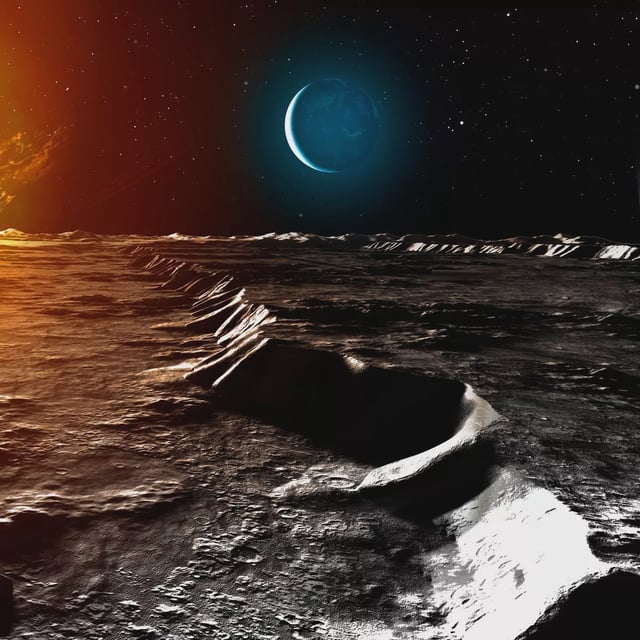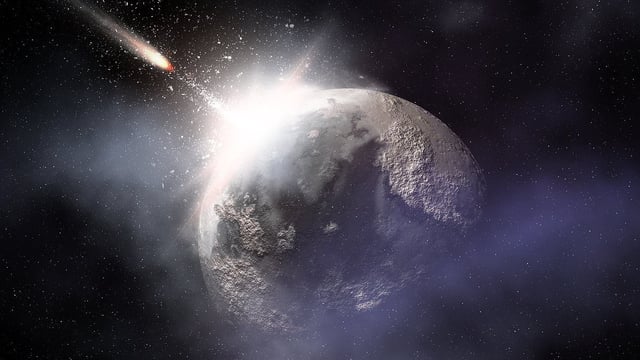Overview
- NASA’s Center for Near-Earth Object Studies used observations from the James Webb Space Telescope to raise the chance of a moon strike to 4.3 percent.
- At impact speeds of about 29,000 mph, the asteroid could carve a roughly 0.6-mile-wide crater and eject around 100 million kilograms of lunar material.
- Simulations show Earth’s gravity could funnel up to 10 percent of the debris into low Earth orbit, heightening collision risks for satellites and spacecraft.
- With satellite constellations expected to multiply by 2032, even millimeter-size fragments could disable sensors, sever cables or puncture structural components.
- Scientists are evaluating deflection methods such as kinetic impactors and gravity tractors, and will refine the asteroid’s path when it returns to view in 2028.



